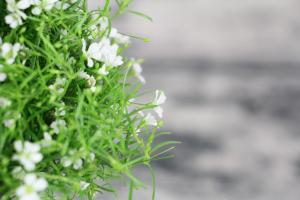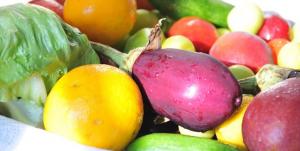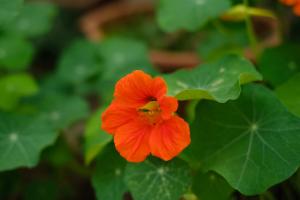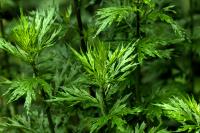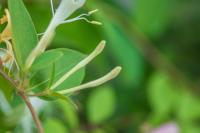1、 How
1. Observe and touch the spikes: if the spikes of durian are thick, short and loosely distributed, it indicates that durian has many grains and thick pulp. If its spikes are long, short and closely distributed, it means that its fruit grains are not full and its skin is thick. In addition, you can choose two adjacent spikes, hold the tip of the spikes with your hand and pinch them inward. If it is easier to let them close together, it shows that durian is better; If it's hard to pinch the beard, it means durian is relatively raw.
2. Observe the size and bottom: the larger durian tastes better and has more pulp than the smaller durian. To choose a flat bottom, the pulp will be more.
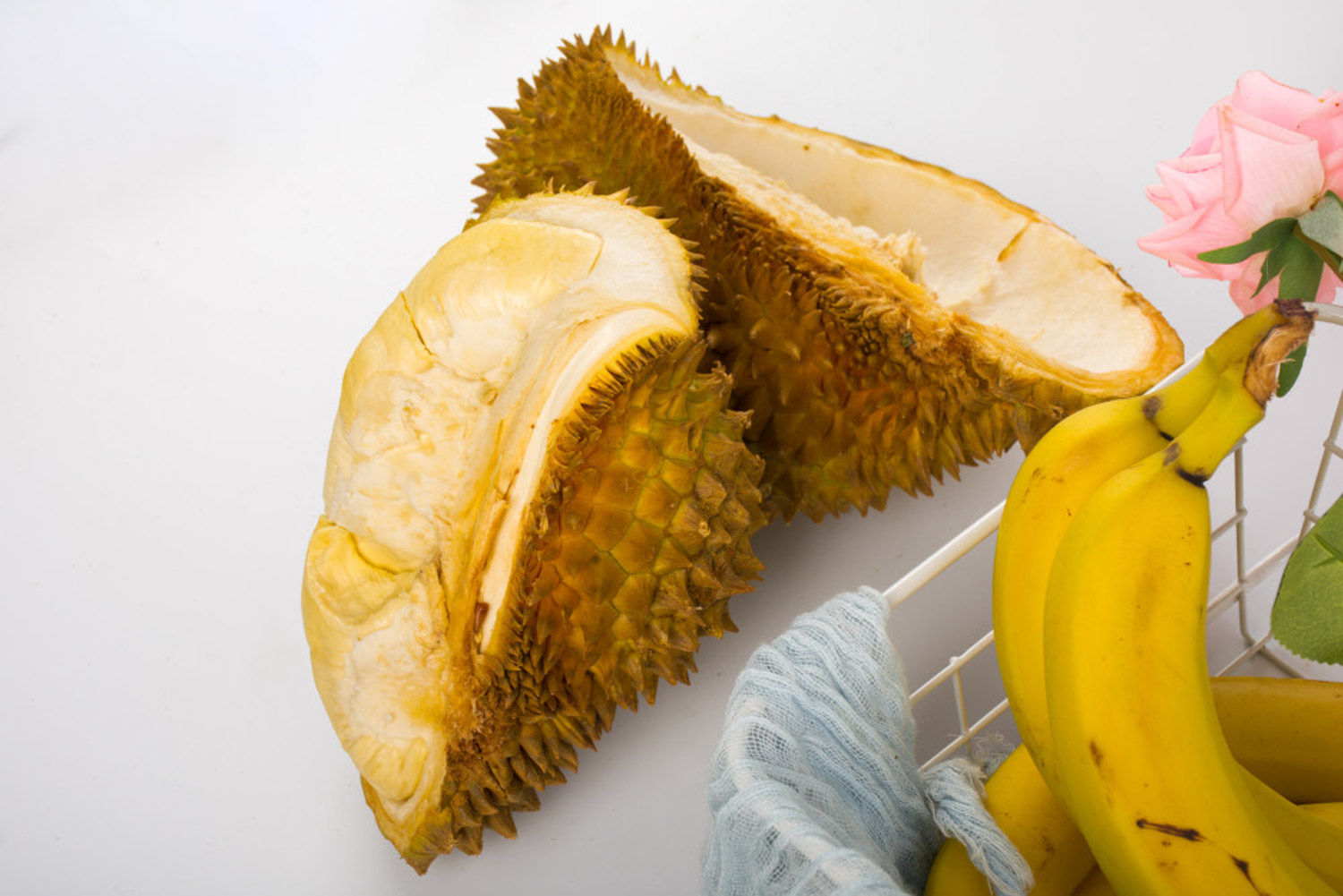
3. Observe the crack: if durian is mature, it will crack. However, it should be noted that the crack should not be too large. If the crack is too large, the pulp may deteriorate.
4. Observe the taste: when selecting, you can smell the smell from the bottom of durian. If you smell a smell similar to the grass after pruning, it indicates that it is not mature. If you smell a smell of alcohol, the pulp of durian has gone bad.
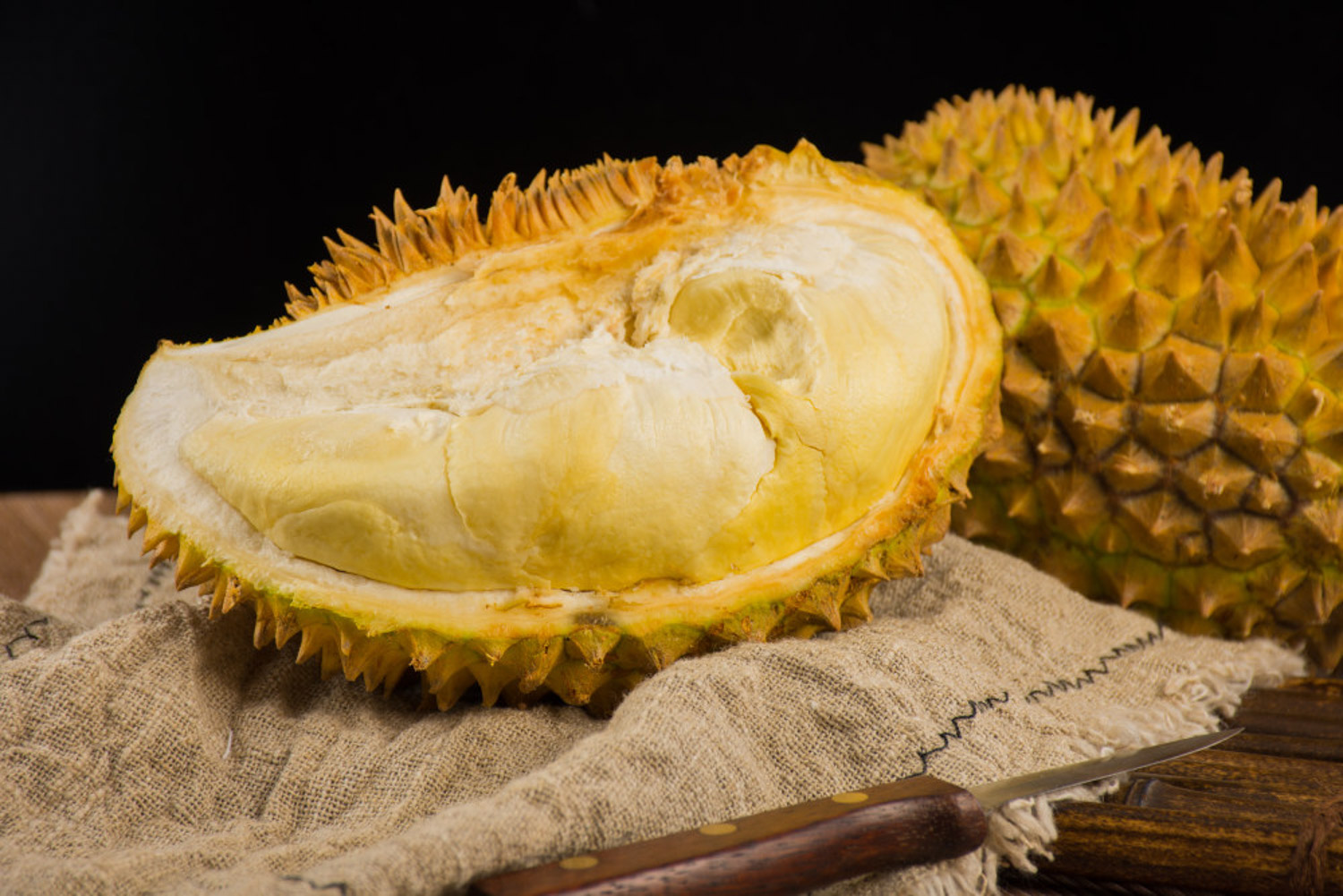
2、 Price
The price of durian is not fixed, and generally changes according to season, variety, local price level and region. Under normal circumstances, an ordinary durian costs about 100 yuan. If it is a Golden Pillow durian, it will cost about 200 yuan, and a cat mountain durian will cost more than 500 yuan. In addition, the market price of imported durian will be more expensive. Durian can be purchased in summer, which will be more cost-effective.
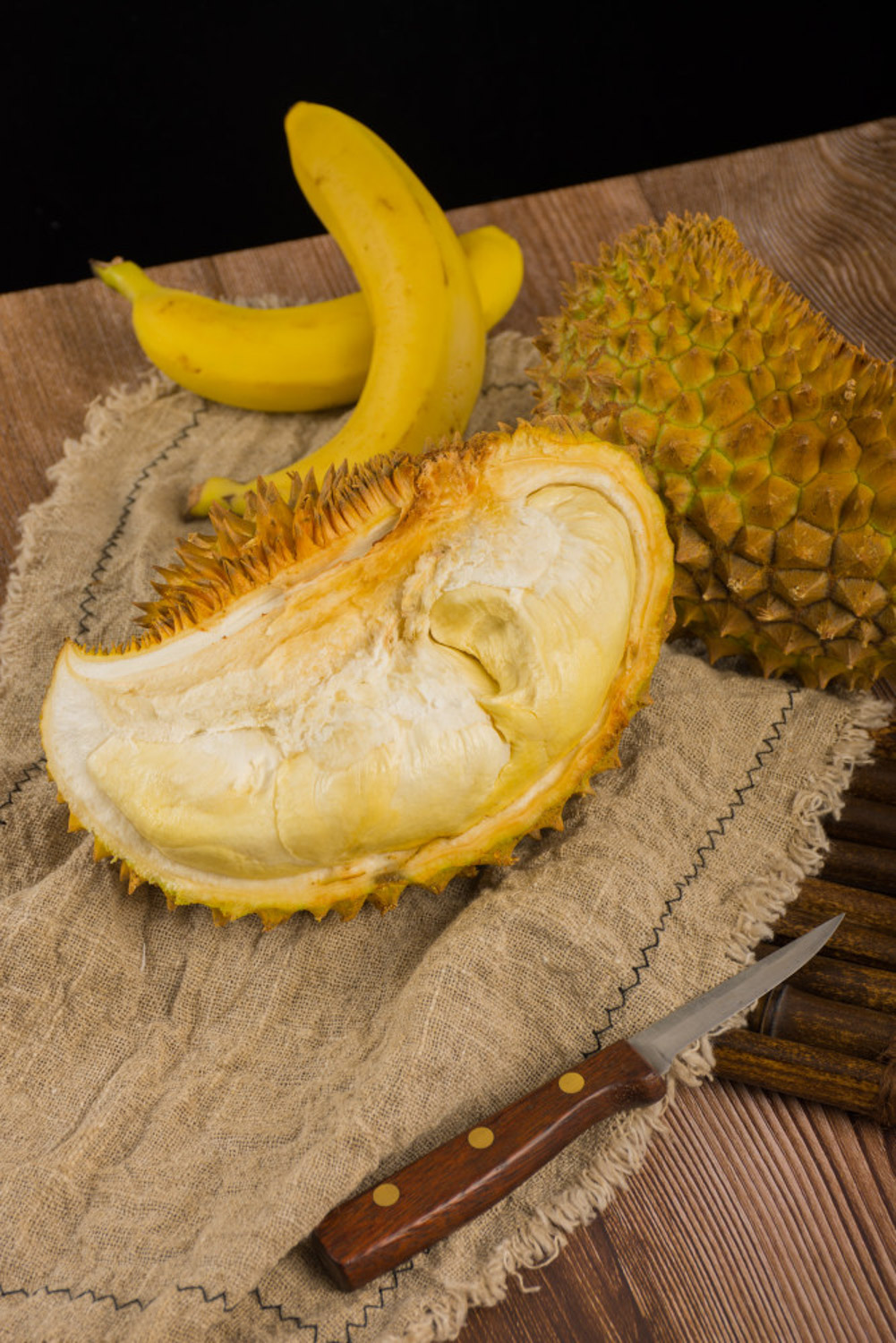

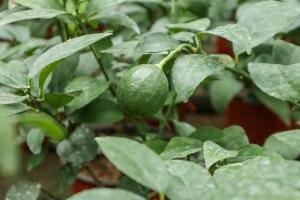 The efficacy and fun...
The efficacy and fun...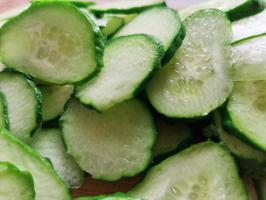 The efficacy and fun...
The efficacy and fun...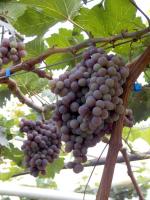 The benefits of eati...
The benefits of eati...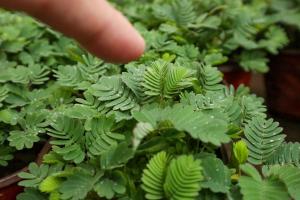 Why is Mimosa called...
Why is Mimosa called...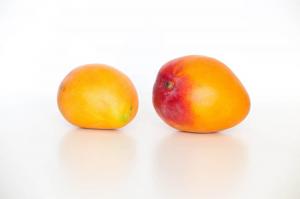 What can't mango be ...
What can't mango be ...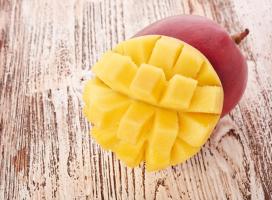 The efficacy and fun...
The efficacy and fun...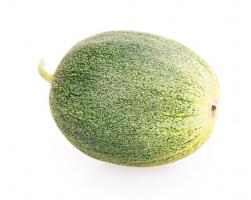 Is watermelon a frui...
Is watermelon a frui...
